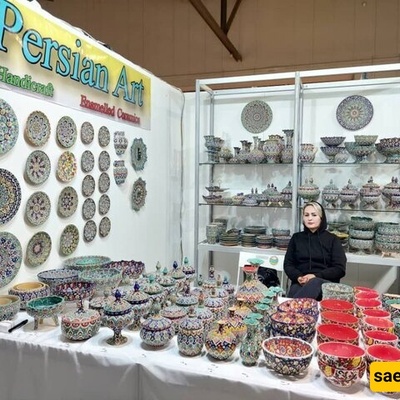Seychelles is an island group in the western Indian Ocean with beautiful beaches. We want to explore the culture of the people of Seychelles. Stay with Saed News.

Seychelles, officially known as the Republic of Seychelles, is an island country located in the eastern part of the African continent, situated within the waters of the Indian Ocean. Seychelles is the smallest country in Africa, with its capital being Victoria. This country is the only African nation with a very high Human Development Index. Seychelles is an archipelago consisting of 115 islands, located about 1,500 kilometers from the African continent. These islands lie north of Madagascar. With a population of 98,000, Seychelles has one of the smallest populations among African countries.
The Republic of Seychelles is divided into 25 administrative districts. There are no indigenous people in this region; all residents are immigrants from France, Africa, India, and China. People in Seychelles tend to consider French as their best language. The government has reviewed the cultural situation, and English is considered the best official language of Seychelles. Various cultural groups have been assessed in the country. The main source of income among the people is tourism, mostly through the export of various kinds of fish. In Seychelles culture, eating fish once a week is compulsory, and most people follow this custom. Immigrant groups in the country are generally well-regarded and often provide special advisory roles for other groups. Local music in Seychelles is evaluated as a fusion of styles. Asian and European African music have also been studied. The cultural situation in the country benefits from good policies. Governance in Seychelles is widespread, and many people consider themselves entitled to participate in governance.

French and English are official languages, and Seychelles Creole (a French-based creole) is widely spoken. The majority of Seychelles residents are Christian and Catholic. The main sources of income for the people are tourism, and the export of various fish, tea leaves, and aromatic plants. Fewer than 1,500 people in Seychelles are Tamil, who follow Hinduism. The Tamil community has a long and reputable history in Seychelles. Tamil people have been respected traders and trusted advisors for the Seychellois government. The Hindu temple in Victoria, Seychelles, was ordered to be built in 1992 and is now one of the religious and tourist attractions on Mahé Island.
One observed custom concerning children in Seychelles is that they must work from a very young age to grow and develop! Infants, especially with their mothers, sleep alongside their parents. Toddlers have freedom to roam but are often watched by their older siblings. From an early age, children are given specific household tasks according to precise responsibilities.
Early initiation of an active sexual life has been noted by health authorities. The number of children born to women under twenty is high. Enrollment in primary education is universal, but many drop out at the secondary level. Girls enroll in school as much as boys do. After 1997, a revolutionary regime established the National Youth Service (NYS) along socialist lines. NYS was replaced by fifth grade secondary education in 1999.
Those wishing to pursue higher education attend schools and universities abroad. There is no higher education within the country except for polytechnic training, including teacher education, nursing, tourism, and arts.

People usually wear modern, Western-style clothes. Women wear cotton shoes and sandals when going to the market. They use locally made straw hats to protect themselves from the sun. They may also wear African sarongs. Men wear t-shirts, short-sleeved shirts, and suitable trousers. For beachwear, both men and women wear shorts. Some public servants, such as traffic police, wear specific shorts. Women used to wear long dresses with decorative layers and were often adorned with lace and embroidery. Unfortunately, there is no clear trace of the traditional clothing worn by earlier generations. They may have copied their master’s clothes, or men may have worn belts while women wore simple skirts and blouses.

Seychelles is home to countless species of tropical fish, which local fishermen sell fresh either at Victoria market or roadside from their boats. The sound of the conch shell is a traditional sign that fresh fish have just arrived at the market. Lentils are often plain but red lentils are a nutritious side dish, usually cooked for a long time with garlic, onions, and ginger, resulting in a somewhat yellow paste. One favorite Seychellois dish is “rougay roses” or sausage. This is a sausage-based dish (as the name suggests) in a rich tomato and onion sauce, usually flavored with garlic, ginger, and pepper. Main foods include fish, seafood, and shellfish, often cooked in various ways such as steaming, grilling, wrapping in banana leaves, or baking. Curry dishes with rice are also an important part of the cuisine.

Since Seychelles has no indigenous population, immigration—especially from France, China, and India—is significant, influencing the country’s laws and culture. French and English are the main languages. The country’s flag design also reflects the presence of all immigrant groups. The people are very conscientious about earning income through halal means, and this ethic shapes the society. Efforts are made to export products like fish and tea leaves extensively.

